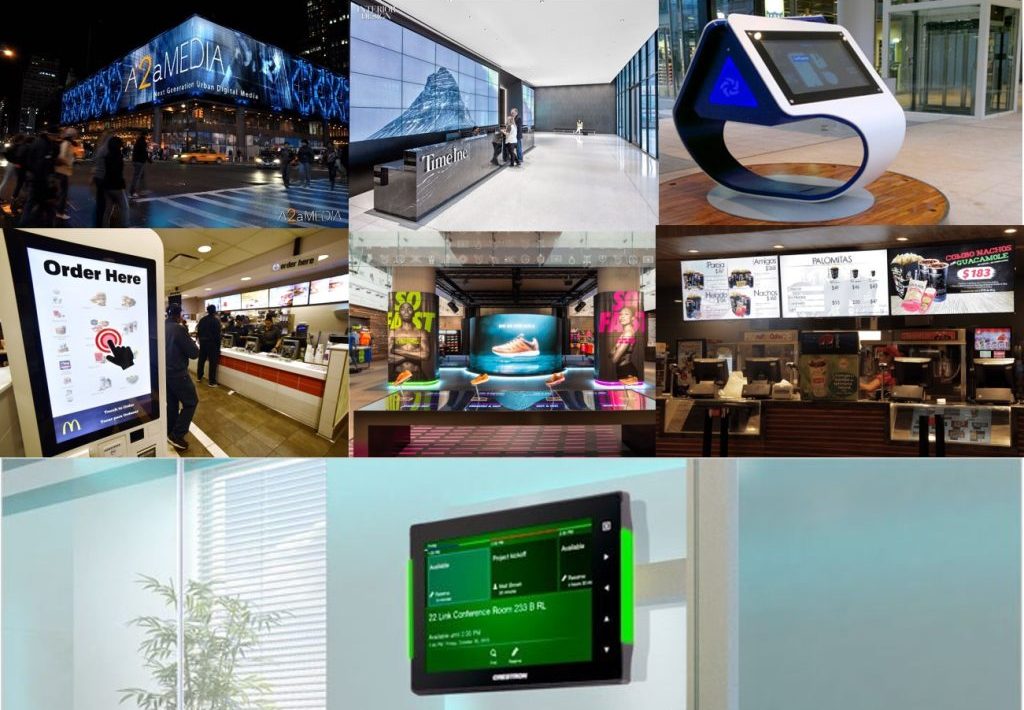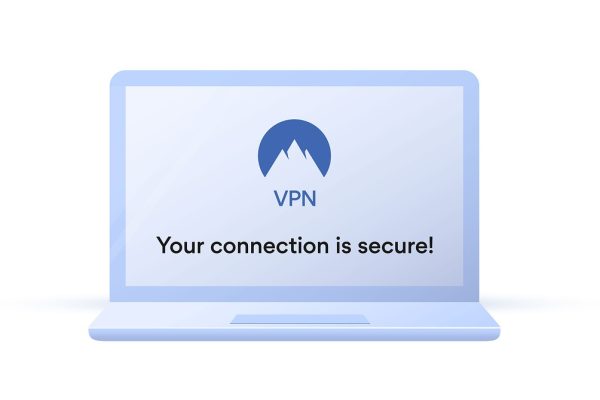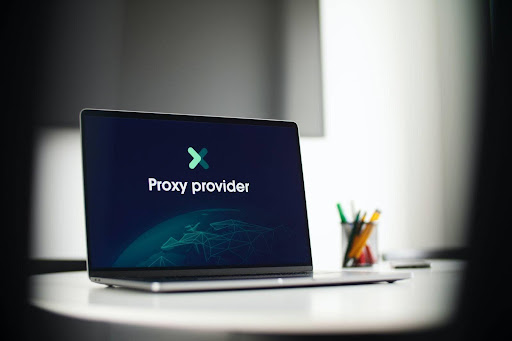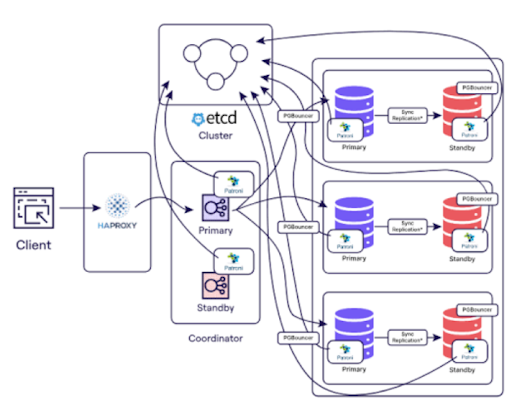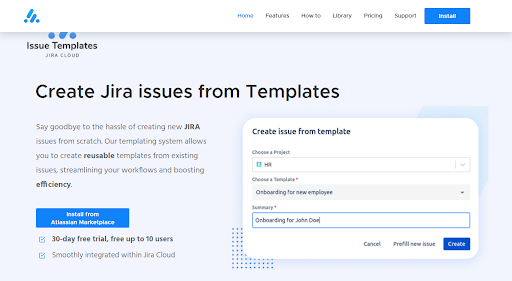Everyone is talking about sustainability. It’s really like the AI buzz – everyone’s got an opinion on it.
But here’s the question: is it just hype that will fade away?
The data says otherwise. Research by Deloitte shows that 75% of CxOs said their organizations have increased investments in sustainability over the past year. This significant shift showcases a growing eco-consciousness among brands. The times are changing indeed!
Spearheading eco-friendly campaigns, choosing green packaging, and investing in sustainable tech solutions are just a few ways to stay ahead of the curve. It’s not a stretch to say that sustainability is a strategic business decision, even for marketing solutions like digital signage.
Let’s take a deeper dive into this.
Table of Contents
The environmental impact of traditional signage
Traditional signage like posters, pamphlets, and bulletin boards were once the norm for business communication. But these methods aren’t exactly effective. They cannot communicate real-time updates, are hard to replace, and do not really engage your audience.
Plus, they also cause some serious damage — to your business’s bank account and the environment! Despite these efforts, your posters and collateral may end up having minimal impact, without significantly contributing to your business growth.
Data reveals as many as 15 billion trees get cut down each year just to synthesize paper! Besides this large-scale deforestation, the ink used in paper signage also harms the soil and water it comes in contact with.
So it’s clear: Paper signage isn’t no longer a viable solution for business communication and marketing efforts. That’s why most brands are now turning the digital route with digital signage.
What makes digital signage more sustainable?
Unlike traditional signage, digital signage has very little impact on the environment. With new technology coming in every day, today’s innovative signage solutions are more eco-friendly than ever before. Let’s see how below:
1. Reduced paper consumption
This is the most apparent advantage of using digital signage. It cuts down paper costs and wastage to zero. Digital signage eliminates the demand for paper and ink, reducing the need to cut down trees for paper signs and posters.
This also minimizes the environmental impact associated with the entire production process, including ink production and energy-intensive printing machinery.
2. Energy efficiency
Sustainable digital signage prioritizes energy efficiency by using technology like LED displays that run on little power. These LED screens consume less energy than alternative screens, which results in up to 30% power savings.
Some more advanced solutions take it up a notch by incorporating sensors that adjust to ambient lighting, ensuring optimal visibility while preventing unnecessary energy drain.
3. Longevity and durability
Digital displays are made up of highly durable material that stand the test of time. These have an average lifespan of about five years, unlike paper signage that can get damaged easily. In addition to this, paper signage needs to be replaced frequently with every new business update, resulting in a lot of paper waste.
This longevity results in less frequent replacements, reducing the environmental impact of disposal and replacing outdated or damaged screens. It’s a win-win situation — digital signage provides lasting value to your business and the environment simultaneously.
4. Remote content management
Scheduling and managing content on your display network is as easy as a few clicks with digital signage. You can update or take down any content piece from any screen through a centralized dashboard.
This reduces the carbon footprint needed to travel to a physical site for content updation. So whether you’re in your office building or on your couch at home, you can control your display network from literally any place connected to the internet.
Industries embracing sustainable digital signage
1. Healthcare
In healthcare, digital signage serves multiple purposes to improve patient experience. It not only helps with real-time communication but also reduces carbon footprint by minimizing paper wastage. Some common uses are:
- Sharing real-time information like schedules, patient information, and emergency alerts
- Providing simplified wayfinding solutions using interactive kiosks and digital displays
- Reducing perceived wait times by sharing live wait time updates, next-in-line information, and engaging on-screen content
2. Retail
Digital signage is a game-changer for retail businesses. Retailers can now share promotion updates and brand messages digitally, reducing the reliance on paper signs and posters. Some common use cases include:
- Sharing information like employee schedules and delivery information
- Engaging customers with on-screen content and brand promotions in stores
- Syncing stock data and inventory information in a few clicks through built-in apps like Excel and Power BI
3. Education
Digital signage in schools and universities not only engages students more effectively but also instills an eco-friendly mindset among students. Here are some popular use cases:
- Displaying real-time updates like campus announcements, events, and emergency messages
- Simplifying navigation around campus with interactive and user-friendly displays
- Improving student dining experience with digital menu boards
4. Enterprise
Real-time communication is crucial in corporate offices. It helps reduce time wastage by bringing precise and updated information right where your employees are.
Bonus: You get all these benefits without much impact on the environment. Here’s how offices use digital signage:
- Sharing important announcements, company news, and live broadcasts with employees
- Breaking down complex business data into easy-to-consume visuals on business intelligence (BI) dashboards
- Energizing your staff with light entertainment, weather updates, and company events to unwind during downtime
5. Manufacturing
In manufacturing, digital signage streamlines communication on production updates and safety protocols without relying on paper. These durable displays offer a reliable communication solution needed in heavy-duty environments. Some use cases include:
- Ensuring employee safety by sharing healthcare guidelines and safety protocols
- Improving decision-making with easy-to-digest, visual data on BI dashboards
- Streamlining shipping and receiving information by sharing real-time updates on displays
Looking ahead
The future is all about sustainability and going green wherever possible. Businesses that adapt will outshine those that stick to the old ways. It’s a step towards a brighter, more eco-friendly future.
Choosing digital over traditional signage isn’t just a tech switch — it’s a business strategy that also tackles environmental issues like deforestation, carbon emission, and pollution. The ROI on digital signage is:
- Low operational costs
- Higher customer engagement
- More content-sharing capabilities
And there’s a bonus: That feel-good feeling when you’re causing a positive impact, one screen at a time! It might start as a ripple, but the potential for transformative change is boundless.

